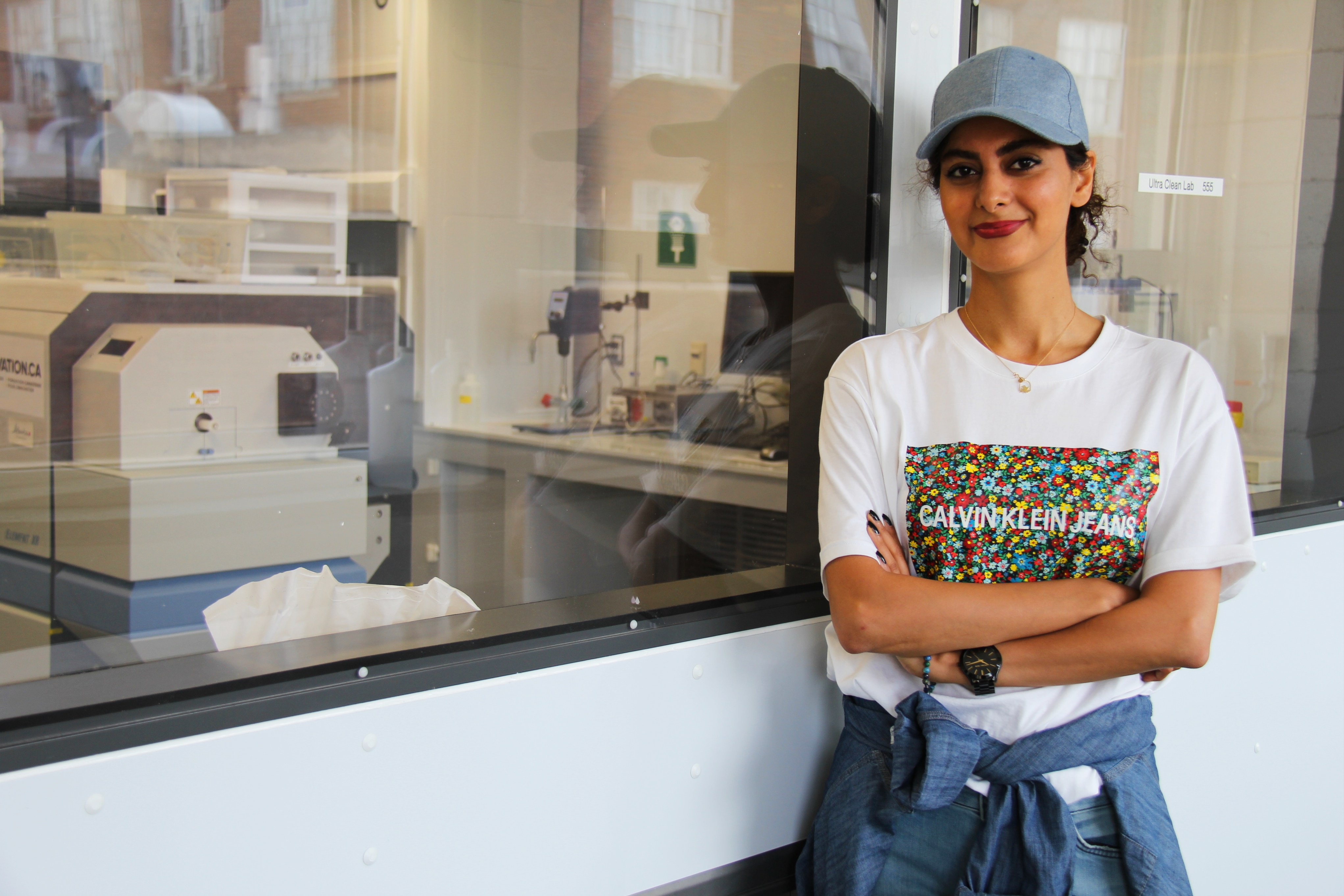
Environmental engineering Master's student Marjan Ghotbizadeh is "fingerprinting" various sources of naturally occurring elements that flow along the Athabasca River near Fort McMurray. This database will help detect pollution caused by human and industrial activity.
(Edmonton) The Athabasca River passes through Alberta's oil sands-a natural resource that is a critical part of Canada's economy. Because of heavy industry near the river, there is a need for environmental monitoring to ensure the health of the river, its ecosystem and its surrounding communities.
But when you're monitoring river water quality, how do you know if the elements you're finding are naturally occurring, or caused by industry?
Engineering at Alberta Master's student Marjan Ghotbizadeh is doing the environmental detective work to help understand the river's natural state, so that monitoring can accurately determine if something has gone wrong, such as an industrial accident.
Ghotbizadeh is conducting sophisticated trace-sample analysis on a 100-km stretch of the river to better understand the natural and extraneous forces that affect the ecosystem.
The Athabasca passes through natural bitumen deposits, which add the same trace elements that could also come from industry. Understanding the source is important in protecting the river. Compounding the problem is that the river is long, wide and complex. Features such as tributaries and ancient saline groundwater all add additional trace elements into the mix.
To accurately understand and monitor the river, Ghotbizadeh is building a comprehensive natural source profile of the river that investigates all factors that can influence the measurement of trace elements downstream from oil sands deposits and industrial operations.
Working at the SWAMP Lab, an interdisciplinary lab run by the University of Alberta's Faculty of Agricultural, Life and Environmental Sciences, she uses state-of-the-art trace sample measurement techniques to get the best possible picture of what is in the ecosystem. In this high-tech clean lab, samples are tested at extremely low concentrations, measured in nano-grams (one-billionth of a gram) per litre. The level of accuracy Ghotbizadeh can achieve with the SWAMP Lab testing allows her to identify the natural or industrial sources of trace elements.
Ghotbizadeh uses novel methods to determine the "fingerprints" of each trace element which in turn determines the contribution of natural and human activity-based inputs to the Athabasca River.
To determine the fingerprint of a trace element, a downstream sample is taken and compared with a natural input source, such as tributaries. The pattern of the distribution of the trace elements is then measured and compared. If they match, like crime-scene fingerprints, the source has been identified.
Her hope is that this method and technology can be proven and put to use in Alberta-and around the world.
"My deep desire to develop new scientific solutions to environmental problems, and especially water quality issues, was what made this topic so fascinating to me."